It can be tricky for phone manufacturers to find that thing that helps a device stand out in a crowded smartphone market, especially around the premium end of the price spectrum. For customers, it can also be tricky to distinguish one phone from another —and know which device is going to be worth your money — especially when you’re looking at a price tag around $1,000 AUD.
This is where Motorola’s ThinkPhone has managed to find a niche to stand out from the crowd. Integrating some top tier specs with work-friendly functionality, the ThinkPhone is designed to keep up with your needs, whether you’re working on the go, or kicking back with a video or game. For the sub $1,000 price tag, you’re getting some of the best specs Motorola has to offer and some clever PC integration — but is it worth the price? Read on for our hands-on review of the ThinkPhone by Motorola.
How we tested the Motorola ThinkPhone
I used the Motorola ThinkPhone over the course of several weeks, testing its features, including the ‘Ready For Assistant’ PC integration, to see how the phone held up with general use and how practical its work-focused features are with actual use. I also monitored the charging performance and how the battery held up across a range of activities and usage levels.
ThinkPhone features and specs
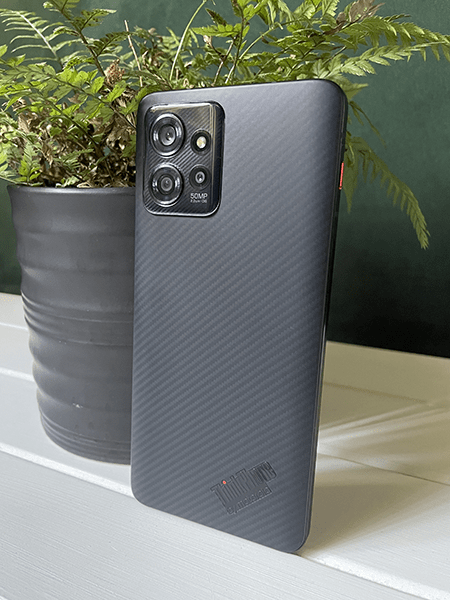
- $999 AUD RRP
- 5G connectivity
- Snapdragon 8+ Gen 1 processor
- 6.6-inch FHD+ display
- Up to 144Hz refresh rate
- Triple rear-camera setup (50MP main + 13MP ultra-wide + depth)
- 32MP front-facing camera
- 5,000mAh battery
- 8GB RAM
- 256GB internal storage
- Android 13
- Red Key, Moto KeySafe, Moto Secure App, Family Space and pre-loaded Microsoft apps
- Available in Carbon Black
| Motorola ThinkPhone pros | Motorola ThinkPhone cons |
|---|---|
|
|
On this page:
Design and functionality
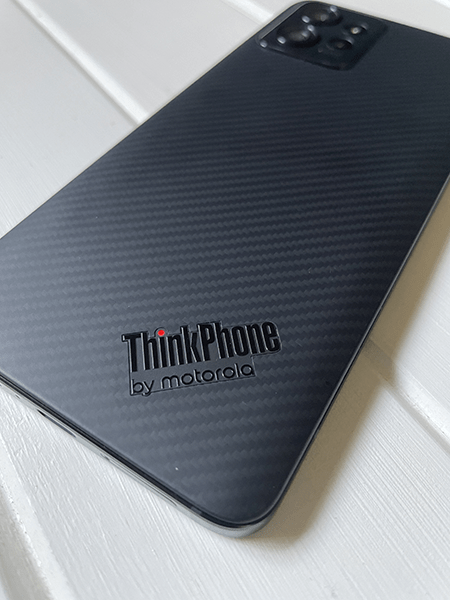
- Slim design makes it look and feel sleek
- Red key for quick app access
The business focus of the ThinkPhone is pretty evident by simply looking at it. While other brands will play around with colour and design as a means to have their phone stand out from the crowd, Motorola has leaned heavily into the ‘work phone’ focus by producing a very simple and straightforward design.
The phone is available in black (of course), but Motorola has used a soft matte finish with a striped design which looks like it should have texture, but it doesn’t. There’s also a big ‘ThinkPhone by Motorola’ logo at the bottom right of the back of the phone, which isn’t exactly inconspicuous. The finish on the back of the phone is nice despite it being rather plain, although it tends to show finger smudges very easily and they’re tricky to get rid of.
You get a little splash of colour in the form of the red button on the left side of the phone (when looking at the screen), as a shout out to the red button found on Lenovo laptops. The right side of the phone has the lock button in the middle, with the volume buttons directly above. Flipping the phone over, the camera setup is a simple rectangle, housed on the top left of the phone’s back.
The ThinkPhone is a solid feeling phone, despite its thin and lightweight design. There’s an included case, which, rather than the clear jelly cases you get with many other devices, doesn’t totally encase the phone. It’s a sort of ‘clip on’ cover, mostly protecting the back and the top and bottom edges of the phone. This helps to keep it feeling rather sleek, instead of adding extra bulk to the phone like other cases typically do.
Using the phone
Despite its large size on paper, I actually found the ThinkPhone rather easy to use, even one-handed, which I sometimes find hard with my smaller hands. I also feel that when you have the case on (as it’s not as bulky as typical cases), it is still easy to handle as you don’t have that extra bulk to manage.
You can have both fingerprint and facial recognition unlocking, and I found these both did a fairly consistent job at unlocking the device. Although there were a few instances of it not recognising my face or print, it wasn’t too frustrating.
I found the red key placement was a little bit too high up on the phone for me to easily access, especially when using the phone one-handed. This was a shame considering how useful the key is if you want fast access to an app of your choice.
Ultimately, Motorola has played it pretty safe with the ThinkPhone, both in look and feel. It’s rather inoffensive with a very simple and basic design, which is clearly to suit its work-oriented purpose. The sleek and lightweight feel will definitely be a plus for taking the phone on the go, especially if you keep the phone in your pocket.
Related: Samsung Galaxy S23 Ultra review: A truly pro performance with an ultra price
Performance
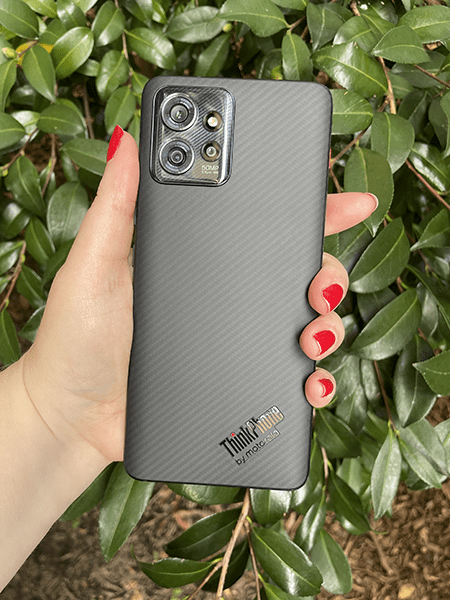
- Excellent battery life and super fast charging
- High refresh rate and quality screen make for a great viewing experience
Despite its business focus, the ThinkPhone is without a doubt, a premium smartphone with the price tag to match. It’s packed with top-of-the line features including its Snapdragon 8+ Gen 1 processor with 5G connectivity, 8GB of RAM and up to 144Hz refresh rate. Testing out the 5G connectivity, I was able to record a maximum average speed of up to 655.11Mbps on the Optus 5G network.
The performance was, overall, very fast and seamless. The top-range processor is backed up with a super fast refresh rate up to 144Hz, which results in a rather zippy performance that is difficult to trip up. Whether you’re streaming video or browsing social media, it keeps up with ease, which is great news if you plan on using the ThinkPhone as more of a work tool.
The only activity where I felt it lacked a bit of that speedy responsiveness was using the camera app and taking photos. There were a couple of occasions where it wouldn’t respond when I was trying to take a photo, and it struggled to focus at times. I also found that I wasn’t able to click on links in the Facebook app until I installed an update, so you’ll want to keep on top of those. But these two issues were really very small in the scheme of things and didn’t detract from the overall performance.
One key feature is, of course, the red button on the side of the phone. You can customise the Red Key to open any app with one press of the button, while a double press will only allow you to access the ‘Ready for’ features, such as sharing files between your phone and PC. It might not seem like much of a big deal, but I can see how this button feature is a big part of the whole ‘work’ integration. The ability to launch an app — maybe your email or messaging app — could be seriously useful in some circumstances, especially when you’re on the go.
If you want to use Motorola’s work integration features, you’ll need to download the ‘Ready For Assistant’ app on your compatible device (it doesn’t have to be a Lenovo PC, but Apple devices aren’t compatible). I had an issue connecting the phone to one PC, but then tried on another and didn’t have any problems.
Once your device and phone are connected, you can share a range of features between your phone and your computer — you can mirror your phone’s screen to the PC, share files to your computer from your phone and even open apps on your PC. There might be some apps where you’re not able to properly share the visuals (such as streaming services with copyright images), and the image quality might be a little blurry and pixelated, but it’s quite a fun feature. With the way that the mini phone screen pops up, I thought it would be useful for copying down notes you’ve written on your phone to a document on your computer. ‘Ready For’ is overall a pretty handy feature and I can see how someone who uses their phone for working on the go could find a use for it .
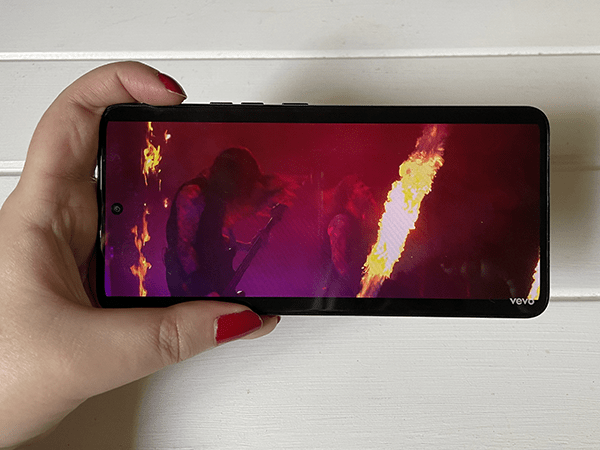
Viewing experience
The ThinkPhone features a 6.6-inch FHD+ display with up to 144Hz refresh rate. It’s a fairly generous sized screen for watching videos and scrolling through socials, without feeling overly big or uncomfortable to hold. I feel like it strikes the balance between compact and large phone fairly well, thanks to its slim and reasonably lightweight feel, so you get to enjoy the generous screen size without any extra bulkiness or heaviness.
The quality of the screen is a stand out, especially the true-to-life colours, which were vibrant but without looking saturated. Whether you’re watching a video with a lot of darkness or with bright colours, the ThinkPhone’s screen is a standout.
Complementing that screen quality is Motorola’s very intuitive adaptive brightness. I found it did a very good job at adjusting the brightness to suit conditions; the brightness shifted rather slowly which made it feel subtle and natural, compared to other phones I’ve reviewed that have been a bit quicker and ‘jumpier’ to adjust the brightness. However, I did find though that in darker environments and watching videos with more darkness, it needed a manual adjustment at times.
Backing up the quality screen performance is a great performance from the built-in speakers. The sound quality is excellent — it’s clear and does a great job, both when it’s mostly talking and with music. Combining its great screen and speaker performance, the ThinkPhone delivers a quality experience that justifies its price tag.
Battery and charging
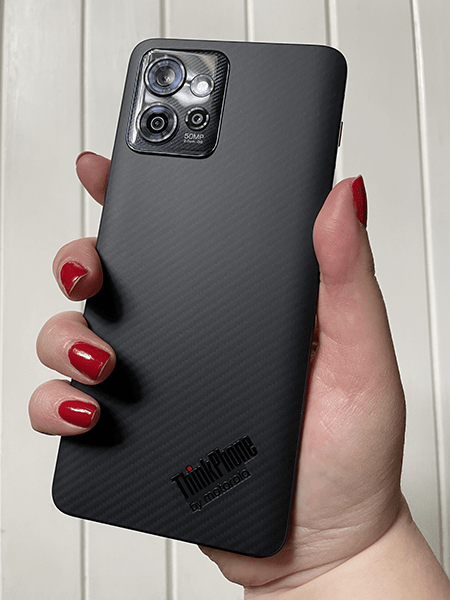
Motorola has packed a fairly big 5,000mAh battery into the ThinkPhone — acknowledging that for a phone to be work-proof, it needs a strong battery performance to back it up. Not only do you get a big battery, but you also get up to 68W fast charging compatibility (with a 68W charger included in the box).
So, how does this big battery measure up in the real world? I found that around eight to nine hours of moderate usage (web and social browsing, gaming and regular idle periods) drained 18% of the battery. I was even able to stretch the battery to six days on a single charge, but with a mix of moderate and light usage with regular and long idle periods.
Heavier usage will demand more of your battery however, as 30 minutes of Disney+ streaming drains 3% battery, 3% of the battery was drained during 10 minutes of HD YouTube streaming, and 15 minutes of gaming drains around 3% of the battery. If you watch a lot of videos, play games and make video calls, you’ll likely need to charge more frequently.
Charging is, fortunately, very quick, thanks to the included 68W fast charger. I was able to charge the ThinkPhone from 0% to 100% in 42 minutes, and with just 17 minutes of charging, I was able to get from 0% to 60% battery — great news if you need a quick battery boost.
Overall, the ThinkPhone by Motorola delivers the performance you’d expect — and hope for — from a phone designed with a focus on work integration. You’d need a powerful phone with a big battery and Motorola offers that with ease. There was very little to fault, and with a stunning screen and speaker combination, the ThinkPhone hits all the right marks.
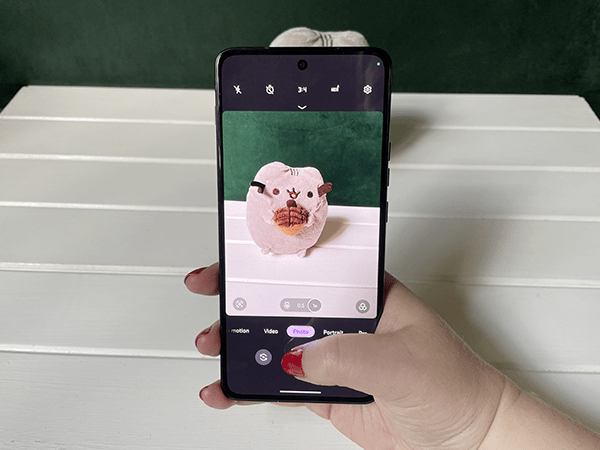
Cameras
- Excellent true-to-life vibrant colours without being overly saturated
- Portrait mode can struggle to focus on the subject at times
Even though the ThinkPhone is aimed at work integration, Motorola hasn’t skimped on the camera inclusions. You’ll get a 50MP main camera with a 13MP ultra-wide and depth cameras in rear, with a 32MP front-facing camera. If you connect your phone to your computer, you can also use the ThinkPhone’s camera as a webcam if needed. Thankfully, for a phone with this premium price tag, the cameras deliver the sort of performance you would expect.


When it comes to outdoor photos, the ThinkPhone does a fantastic job. There’s a great clarity and depth to photos and colours are vibrant, yet true to life, without any of that artificial saturation that you see with some other phones.
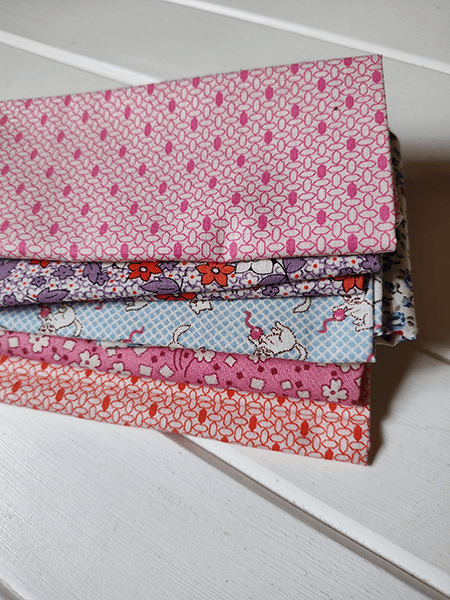
Likewise with photos indoors and in lower-light conditions, such as overcast days. There is excellent depth and the colours indoors, even in darker conditions, have a true to life vibrancy that other (usually cheaper) phones struggle to get right.
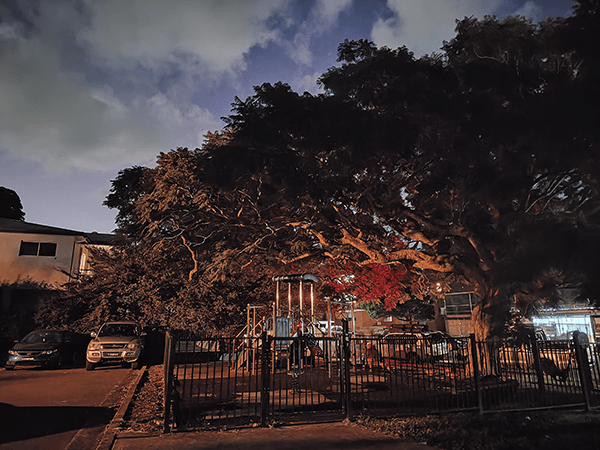
Moving on to Motorola’s Night Vision mode, I found the ThinkPhone did an excellent job at brightening photos at night and in very dark conditions. It takes a while to process the photos — perhaps it’s a little slower than some other phones I’ve tested — but as long as you have a steady hand, your nighttime photos should turn out great after processing. You already get a decent amount of image quality without night mode, such as the ability to pick up details in the night sky. However, very dark conditions rely on the night mode feature to show the subject, and even then, with a lot of noise to the photos.
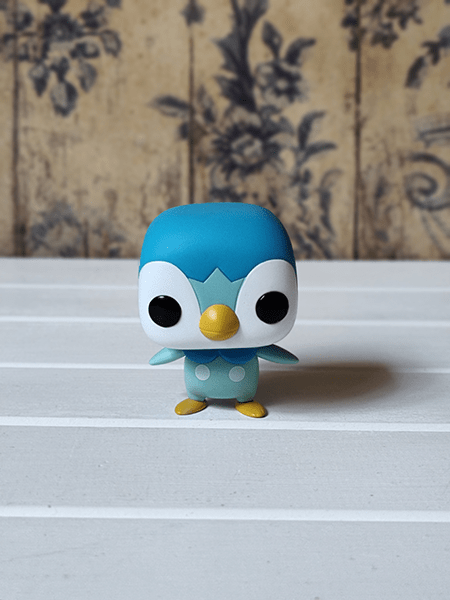
Portrait mode works great on the ThinkPhone — whether you use the front-facing camera or rear camera. There’s a really nice and natural depth to the background and it does a fairly good job with the lighting if your portrait is backlit. However, I did find that it struggled to focus at times, not just on parts of the subject but the subject itself, and finer details like hair did have a bit of a blur. You also get built-in editing features, which may look a little unnatural if you go overboard, and it also blurs the subject a fair bit (skin smoothing is more like skin blurring). That being said, it’s a good portrait mode overall and it will certainly take some great photos with true to life colours and natural looking depth.

There is a macro mode, but you don’t need to be up really close to take macro shots. It does a good job at picking up those closeup details, but it did struggle to focus in conditions with trickier lighting, such as indoors with artificial light. The results also came out blurry at times, so you need to take a few shots and try it out to get the feel of it. Macro mode also muted the colours a bit compared to taking standard shots in lower light conditions, but it’s not particularly noticeable in better lit environments.
The video quality was, for the most part, fairly decent. However I found that the picture was a bit jumpy when panning the phone. It does a good job at autofocus, and has a nice background blur when focusing on a closeup subject. The sound is also fairly good, but you do get a fair bit of wind noise on a windy day.

Ultimately, Motorola has done a good job with its cameras for the ThinkPhone — it will well and truly keep up with your basic photo needs. While there might be some improvements to be made, and I did have some issues with the camera app itself (as I outlined in the ‘performance’ section of this review), it’s by no means a bad camera setup. With a bigger price tag, you’d want your money’s worth and Motorola has delivered an overall solid camera performance, with some great depth and colour to your photos, no matter the conditions. However, phone photography enthusiasts might be better off looking to other premium and ‘pro’ devices for a better camera setup.
Note: Images taken on the ThinkPhone by Motorola have been digitally compressed for web.
Prefer Samsung? Shop the Samsung Galaxy S23 Ultra
| Phone | Features | Storage Size | Price | |
|---|---|---|---|---|
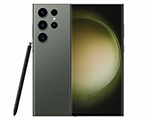 |
|
256GB | $1,949 | Shop now |
| ^^View important information | ||||
Phone plans for the Motorola ThinkPhone
The ThinkPhone by Motorola is currently only available to buy outright from retailers including JB Hi-Fi and the Lenovo online store. You’ll need to pair your phone with a SIM-only phone plan. The following tables compare a range of prepaid and postpaid plans — simply switch between the tabs to compare prepaid and postpaid plans.
Here is a selection of postpaid plans from Canstar Blue’s database with a minimum of 20GB of data, listed in order of standard cost, lowest to highest, then by data allowance, largest to smallest. Try using our mobile phone plan comparison tool to see a wide range of plans from other providers. This table includes products with links to referral partners.
Here is a selection of prepaid plans from Canstar Blue’s database with a minimum of 10GB of data each month, listed in order of standard cost, lowest to highest, then by data allowance, largest to smallest. If you want to compare a larger range of offers from other providers, use our phone plan comparison tool. This table includes products with links to referral partners.
Should you buy the ThinkPhone?
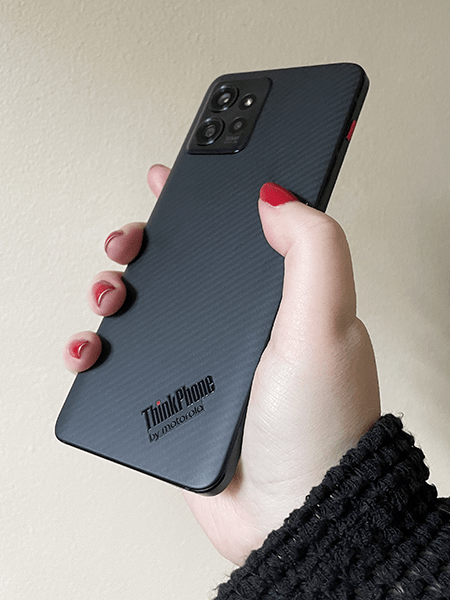
The standout for the ThinkPhone is its ability to integrate with your PC (excluding Apple devices). The work focus will be great news for anyone who has been looking for a device that will keep up with working on the go.
As a phone on its own, Motorola has done a good job at packing in the sort of premium features you would expect for the price. You’ll get a quality performance, a great camera setup, and a big battery with really fast charging, which can easily keep up with your day-to-day needs.
However, considering the competition at this price point, such as the Google Pixel 7, you’ll really need to consider what you want from your smartphone if you’re planning on spending around $1,000. The Pixel 7 is some stiff competition at this price with its fluid performance and great quality cameras. However, Motorola packs in a little bit more premium for the price, when compared to the standard Pixel 7 (which misses some of the features of the Pixel 7 Pro). A higher refresh rate, bigger battery and faster fast charging all help to make the ThinkPhone stand out as a good value premium phone for the price tag.
Whether you use it for its work integration features or not, Motorola’s ThinkPhone delivers a great quality smartphone with very little to fault. But if you are forking out the cash, it’s a good idea to actually use its PC integration so you’re really getting the most out of the device.
| Consider the Motorola ThinkPhone if | Don’t consider the Motorola ThinkPhone if |
|---|---|
| You’re looking for some great premium features at a slightly cheaper price point, or want a phone you can use for work. | You’re more of a recreational phone user or you’re after a phone with the best-of-the-best cameras. |
Product used for review/testing was a free sample provided by Motorola.


Share this article